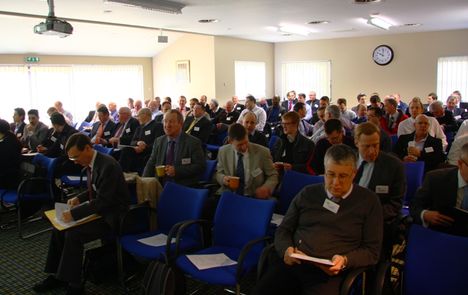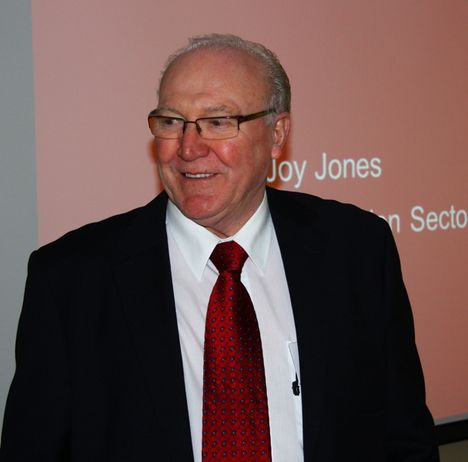The UK’s CPA Tower Crane Interest Group held its annual open meeting yesterday, with a record attendance. Almost 110 people from across many industry sectors attended the one day meeting at the Wyboston Lakes Centre in Bedfordshire to learn more about current issues affecting tower crane operations in the UK.
The UK’s CPA Tower Crane Interest Group held its annual open meeting yesterday, with a record attendance of almost 110 people.
Topics included detailed technical presentations on out of service wind and foundation loads, how tower crane foundation loads are calculated, including a worked example of a concrete foundation design, as well as an HSE update by HM principal inspector construction – Joy Jones, the revision of Technical Information Note 013 – Rescue From Height on Tower Cranes, operating tower cranes in the vicinity of aerodromes and Network Rail requirements when operating tower cranes alongside railway tracks. Ian Simpson of the HSE also outlined the sort of questions that the HSE would ask following a tower crane incident.
Syd Appleyard chairman of the Tower Crane Interest Group
A more in-depth report will be in the next issue of Cranes & Access however some of the more interesting points included:
1. When calculating tower crane foundation loads a storm blowing from the front is the worst case – about 25 percent more than when the crane is in operation.
2. Out of service wind loads should be calculated on C25 and D25 wind speeds
3. Wind loading calculations should be in line with EN 14439 as well as looking at wind from the front, rear and side (FEM 1.005)
4. The CIRIA guide should be followed in the UK
5. There should always be a simple method statement of how the tower crane is to be removed when the contract is finished
6. From 6th April 2013 there will be no need to notify a tower crane on the register
7. The UK Safe Crane Campaign – supported by the CPA and the UKCG – to reassure the public, needs industry help by putting posters (available for free by emailing posters@safecranes.org.uk ) on site hoardings.
8. Site contractors are responsible for rescuing people from a tower crane – not the tower crane rental company. The emergency services (Fire and Rescue) may be able to help but not all areas have the capability.
9. Any crane or item of equipment with a height of over 10 metres more than surrounding structures (or over 10 metres when working in a flat field) that is within six km of an aerodrome requires the aerodrome to be informed. If the crane is more than 300ft (91.4m) then the Civil Aviation Authority needs to be informed and if taller than 150 metres then it should also have obstruction lighting.
Joy Jones HM principal inspector construction division, sector safety team
Author; Unknown
Source:




